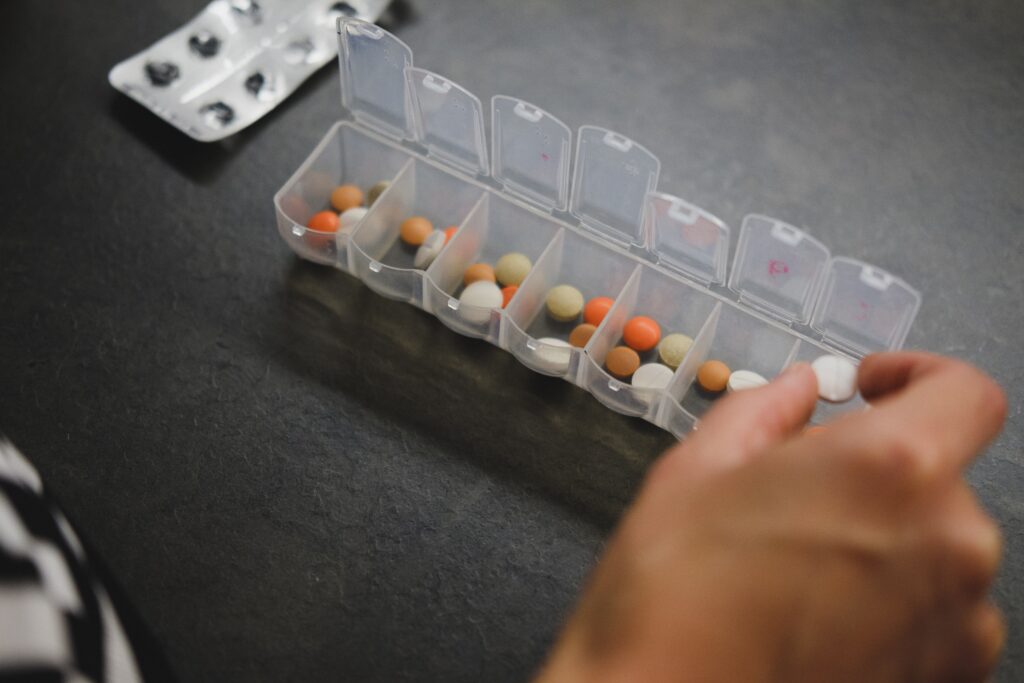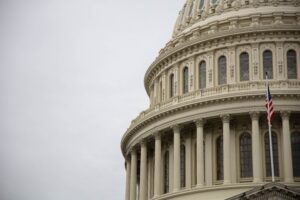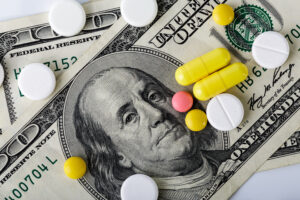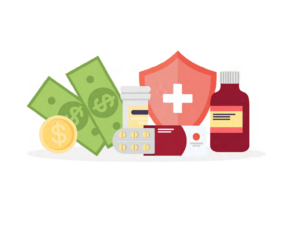Cheaper generic alternatives to brand-name drugs are supposed to save consumers and the healthcare system money. But a new USC Schaeffer Center white paper highlights tactics used by intermediaries in the pharmaceutical distribution system, including pharmacy benefit managers (PBMs) and insurers, that are costing patients, employers and the government billions for what should be inexpensive medicines.
“Generics are overlooked when we talk about drug pricing issues in this country,” said Erin Trish, co-director of the USC Schaeffer Center. “But the same lack of transparency that is causing outrage over high and rising spending on branded drugs is also creating issues in the generic drug space. If you filled a prescription for a generic medicine recently, there is a good chance you overpaid, and PBMs and other intermediaries are making record profits.”
Trish and coauthors Karen Van Nuys and Robert Popovian argue that policymakers can reduce overpayments for generic drugs by:
- encouraging transparency in transactions across the distribution chain; and
- encouraging competition and deterring anticompetitive practices in the sale and distribution of generic drugs.
Consolidation and lack of transparency pad profits for middlemen
Generic markets are, in many ways, the lynchpin in our pharmaceutical innovation ecosystem. The generic drug market was jump-started nearly four decades ago by the 1984 Hatch-Waxman Act, which established the legal and economic foundation for the industry. Under the law, U.S. brand-drug manufacturers are granted patent protection for a designated period, providing an incentive to develop new therapies. But after the brand protections expire, the law provides consumers fast access to generic versions of the drugs. The promise of inexpensive generics in the future was in many ways the “payback” mechanism used to justify expensive patent-protected drugs.
Nearly four decades later, generics have made high-value, effective medications affordable. They make up 90% of U.S. prescriptions while accounting for only 18% of total drug expenditures. By one estimate, use of generic and biosimilar drugs in place of branded drugs resulted in a savings of $330 billion in 2020 alone.
Sign up for Schaeffer Center news
PBMs—intermediaries who negotiate price and formulary placement on behalf of health plans—played an essential role in driving uptake of generics early on. However, pricing practices and distortions across the market have allowed them to inflate prices of generics in recent years, at the expense of patients and payers. Any inefficiencies in generic markets have important and far-reaching impacts on both drug affordability today and drug innovation in the future.
“We have a pathway to make drugs very low-cost and widely available, but middlemen are increasingly prioritizing their bottom line instead of making the system more efficient,” said Van Nuys, executive director of the Value of Life Sciences Innovation program at the USC Schaeffer Center.
The researchers point to the three strategies employed by PBMs and insurers that lead to overpayment of generics:
- Copay Clawbacks – Copayments paid by commercially insured patients can exceed the cost of the drug. Any overpayment—or clawback—is pocketed by PBMs, who have used contract clauses that prohibit pharmacists from advising patients when their prescription can be purchased with cash for less than their copay.
- Spread Pricing – The PBM reimburses the pharmacy one price when a beneficiary fills a prescription while charging the health plan a higher price, and then pocketing the difference or “spread.” Neither the pharmacy nor the health plan knows what the other side was paid or charged, allowing PBMs to pocket profits in some cases.
- Profit-Oriented Formulary Designs – PBMs may prioritize branded drugs over lower-priced generic versions because the branded medicine comes with lucrative manufacturer rebates, a portion of which they may keep.
The researchers estimate that practices like these add up to billions in overpayment. A recent study by Van Nuys and Trish found that Medicare Part D standalone plans paid $2.6 billion more in 2018 for 184 common generics compared with prices paid by cash-paying Costco members.
While generic drugs represent a small share of overall healthcare spending, they are often the only interactions patients have with healthcare markets, Van Nuys said.
“The bottom line is that distribution-system inefficiencies, anticompetitive practices and a lack of transparency are increasing middlemen profits, with patients footing the bill,” said Van Nuys. “If patients are being cheated on what are supposed to be inexpensive generic drugs, one wonders what must be happening in other parts of the healthcare market where profit margins are much higher.”
Tools for curbing profit-taking on generic drugs
The researchers suggest several policy solutions to spur competition and deter these kinds of practices, including restricting rebate contracting that drives PBMs to prefer brands over generics and using fixed fees per transaction rather than fees determined as a share of a drug’s price.
To improve the PBM market, the researchers recommend increasing competition and using business models that commit to price transparency. Employers and the government should also have audit rights that allow them to review PBM transactions and prices.
“If we can bring greater price transparency into the generic drug market, clinical and financial benefits will follow, with everything flowing to the patient,” Trish said.



